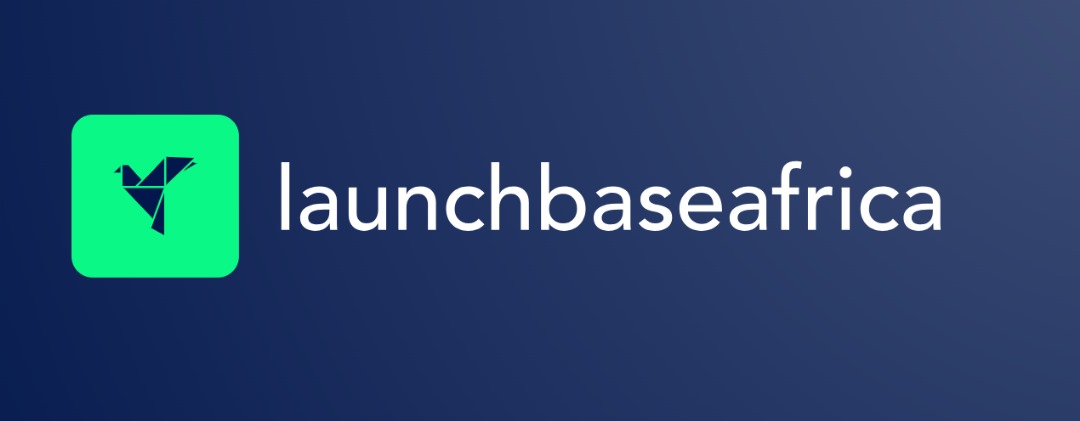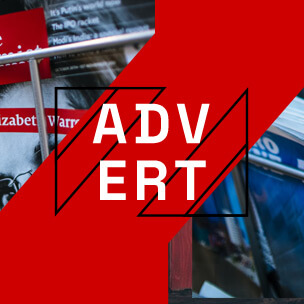Egypt’s startup scene, long fuelled by a mix of local bravado and international capital, is about to get a very formal, very digital new pipeline for cash. In a move that signals the market is graduating from its wild-west phase, the country’s Financial Regulatory Authority (FRA) has issued its first-ever regulations for digital platforms that allow investment in private equity and venture capital funds.
The decision, officially known as No. (194) of 2025, effectively gives the green light for the creation of fintech platforms where investors can subscribe to, and eventually redeem, stakes in VC funds through an app or website. For an ecosystem that has historically relied on high-net-worth individuals and institutional cheques, this could democratise access to the country’s most promising — and riskiest — tech startups.
The regulator, clearly keen to avoid any unpleasantness, is wrapping this new frontier in a thick blanket of rules. Here’s a breakdown of the comprehensive new rules.
What’s actually changing?
The new rules define a “digital platform” as a tech-based model for subscribing to, and eventually redeeming, shares (or “documents,” in regulator-speak) in private equity and VC funds. The key features include:
- Digital Onboarding: Platforms will be responsible for registering new investors, but only after they pass a mandatory “knowledge test” to prove they understand the risks.
- Centralised Housekeeping: All transactions and ownership records will be managed electronically and registered with Egypt’s Central Depository and Registry Company, moving away from paper-based chaos.
- Mandatory Transparency: Funds listed on these platforms must provide a deluge of information, including a “brief information memorandum,” feasibility studies for their portfolio companies, and semi-annual reports on the net asset value of an investor’s stake.
Before an investor can even think about subscribing, they face a series of gatekeeping measures designed to weed out the unprepared.
- The Knowledge Test: The centrepiece of the investor protection plan. Platforms must force-feed users “introductory and educational materials” on the risks of VC. Afterwards, prospective investors must pass an FRA-approved exam. It’s less ‘move fast and break things’ and more ‘read the 50-page manual and pass the quiz’.
- Explicit Risk Acknowledgement: The digital subscription form isn’t just a “buy” button. It includes an unmissable declaration where the investor explicitly accepts the high-risk nature of the investment.
- Transparent Fundraising: Each fund issuance must have its own dedicated bank account. Platforms are required to display a live, electronic indicator showing the subscription coverage in real-time, so everyone can watch anxiously as the fund tries to hit its minimum target. If it fails, or if an investor pulls out during the grace period, refunds must be processed immediately.
The Catch? A Mountain of Compliance.
Once inside, investors won’t be short on reading material. The FRA has mandated a level of disclosure that will turn fund managers into prolific publishers.
Platforms are required to provide a constant stream of information, including:
- Pre-Flight Checks: Before investing, users get access to the platform manager’s details, operational risk warnings, and the fund’s FRA-approved “brief information memorandum.”
- Financials on Display: Investors will receive annual and periodic financial statements, minutes from document holder meetings, and details on dividend distributions.
- Valuation Under the Microscope: A semi-annual report on the net value of the investment document is mandatory. Crucially, this report must include a comparison to the previous period and a detailed explanation for any increase or decrease.
- No Stone Unturned: For every project a fund targets, a summary of its economic feasibility study must be published. If a fund buys a stake in a company, it must disclose the valuation report from an FRA-approved expert and provide a written justification if it paid a price above that “fair value.”
- A Live Feed: Platforms must immediately disclose any “material events.” This includes everything from the fund taking on debt to court rulings, arbitration awards, or any other legal issue that could affect the investment.
Furthermore, platforms must maintain permanent communication channels, respond instantly to inquiries, and submit a quarterly report on all user complaints directly to the FRA. Big Brother isn’t just watching; he wants a summary in his inbox every three months.
The Controlled Exit: Getting Out Isn’t Easy Either
Perhaps the most sophisticated part of the new regulations is the mechanism for liquidity. The FRA acknowledges that investors might not want to wait 10 years for an exit, but it has put strict guardrails on the process.
An investor can apply to redeem their documents (sell them back to the fund) through the platform. The fund can finance these redemptions from its own cash reserves, by raising new funds, or even by taking out a loan.
However, there are two major catches:
- The 20% Cap: A fund company is only allowed to buy back and hold a maximum of 20% of its total issued documents at any one time. This provides an escape hatch for some, but it’s not an unlimited, on-demand liquidity pool.
- No Self-Dealing: Once a fund buys back its own documents, it enters a state of limbo. These documents carry no voting or dividend rights, preventing the fund manager from using them to consolidate control. The fund then has one calendar year to either sell these documents to a third party or destroy them, officially reducing the fund’s size.
The Digital Plumbing: The Central Depository’s Role
Underpinning the entire system is Egypt’s Central Depository and Registry Company (MCDR). Once a subscription round is successfully closed, the platform must immediately send all subscriber details to the MCDR, which then officially registers their ownership. This creates a centralised, legally-binding record, turning what could be a messy digital IOU into a formal, registered security.
In short, the FRA has built a fortress of a framework. It’s a comprehensive, investor-first approach that aims to bring order to the chaotic world of startup finance. The lingering question is whether the ecosystem’s VCs and investors will find the fortress’s heavily-guarded gate worth the immense administrative effort required to enter.
Why now? The market is growing up.
The regulator’s timing is no coincidence. The Egyptian VC scene is showing signs of maturation that necessitate new mechanisms for liquidity.
Just last month, venture capital firm Algebra Ventures saw one of its Limited Partners (LPs) in its second, $100M fund exit through a secondary sale to Avanz Capital Egypt. Such transactions, where an early investor sells their stake to a new one, are crucial for a healthy ecosystem, providing an off-ramp for capital before a fund’s 10-year cycle is up.
The new digital platforms could, in theory, streamline this process further. The regulations explicitly govern the “redemption” of fund documents, allowing a fund to buy back up to 20% of its shares from investors seeking an early exit, potentially creating a more dynamic and liquid market.
The Bottom Line
The FRA is trying to solve a real problem. For years, investing in Egypt’s venture capital scene has been a high-friction activity reserved for institutions and high-net-worth individuals with the patience for paperwork. Digitising the front end is a logical and welcome evolution.
The challenge will be in the execution. Will entrepreneurs step up to build these platforms, seeing an opportunity despite the heavy compliance burden? And will VCs, who often value discretion, be willing to embrace the radical transparency the FRA demands?
The framework for Egypt’s VC 2.0 has been laid. Now, the market will decide if this digital doorway is an express lane for capital or just a fancier, more complicated regulatory maze.


